As the internet progressed and grew over the years, so did the new terms that we use. Data is an excellent example of it. Data is a term that has been used since the creation of the internet as we know it today, but over the years, it has evolved. To be specific, it grew a lot.
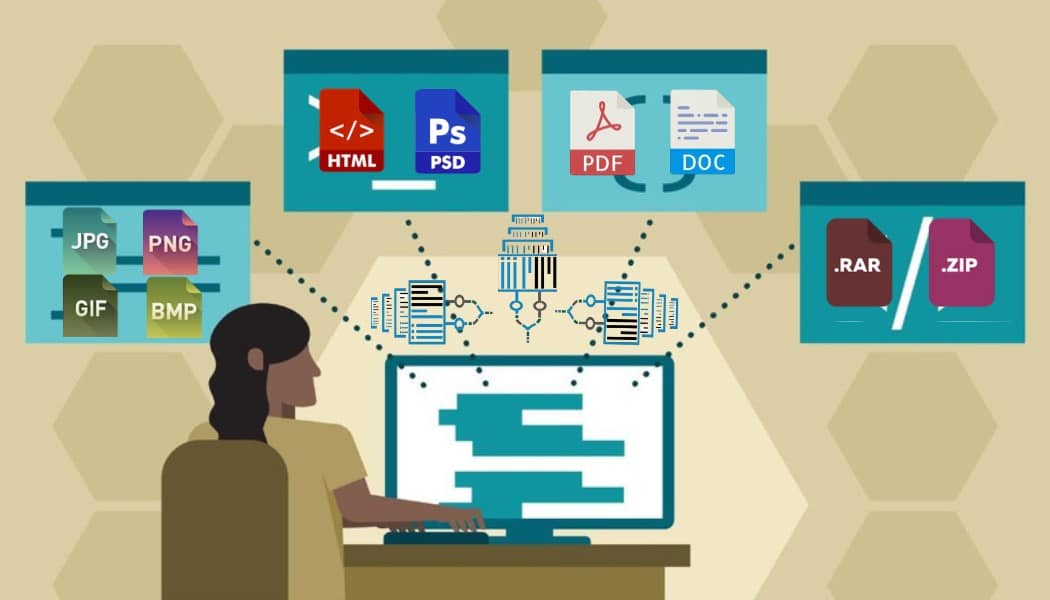
To put things into perspective, the data on the internet in the 90s would probably fit on a modern USB stick. For the data on the internet today, it will take a lot more USB sticks. It is estimated that there are over 40 zettabytes of data. That is a 4 with 22 more zeros after it.
There is so much data, but what do we do with it? As it turns out, data plays an essential part of most online businesses today. The problem is that the data is not always is a readable format so that it can be used straight away. This is where data parsing comes into play.
What is Data Parsing?
The most general definition is that data parsing is the process of taking the data in whatever form it is in and breaking it down into something more readable and usable. The truth is that data parsing is much more, and we hope we can explain it to you.
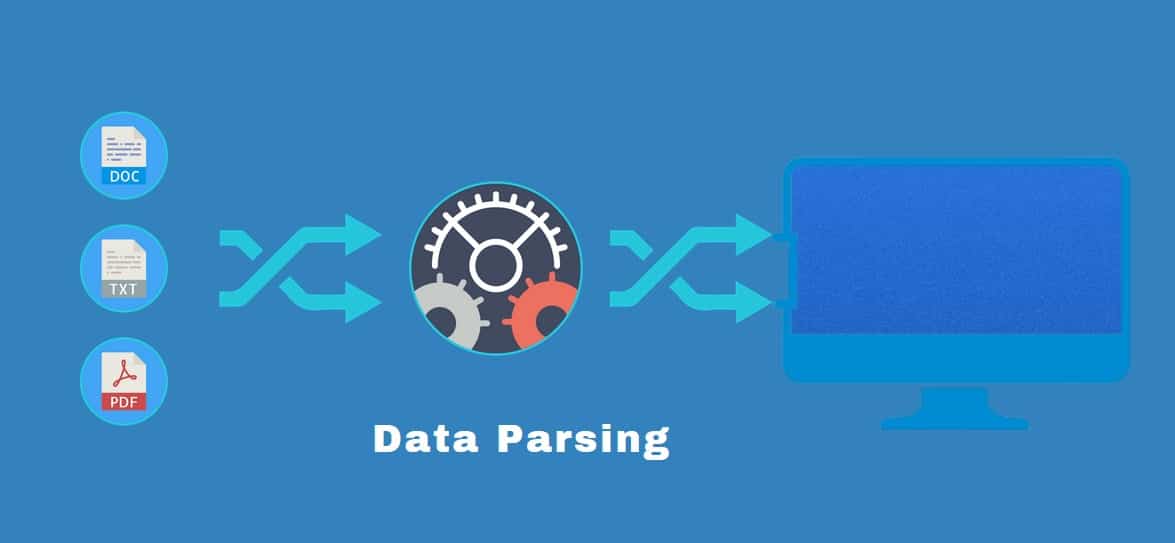
Any kind of data, regardless of how it is obtained, rarely comes in a format that can be used out of the box. Data parsers help with getting the usable data out of that “mess” that can be sorted later and used for the company. The tool will scan the data and do its best to distinguish the different types of entries and convert the original data format to something more usable. One thing to bear in mind is that data parsers work based on the code the developer wrote, so not all of them will always work, and in all kinds of situations.
Data Parsing Misconceptions
As with most things on the internet today, data parsing has several misconceptions that we are going to set straight in this section.
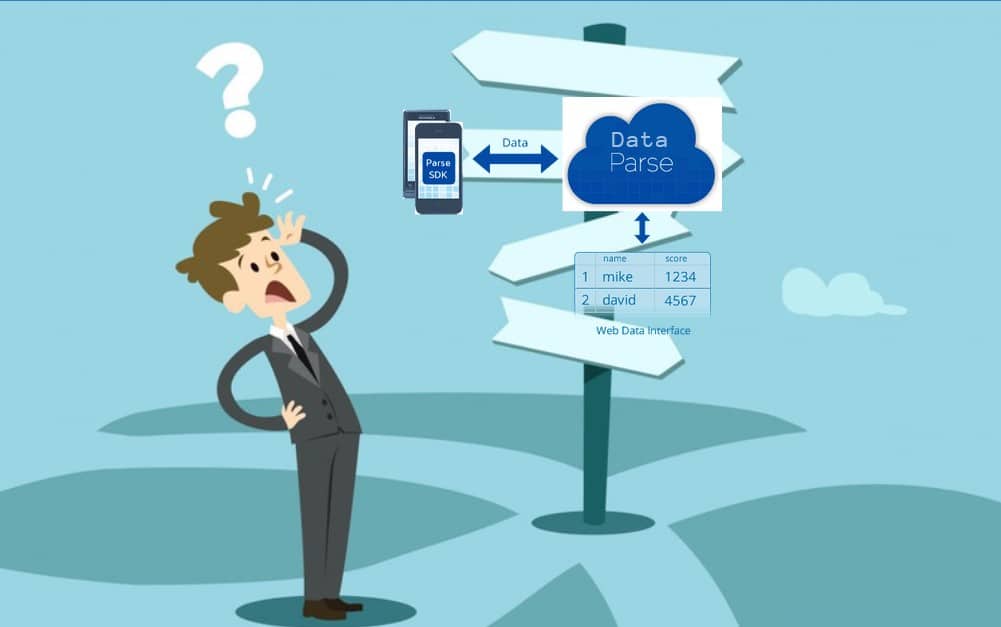
The most common one is that data parsing is a type of scraping. In a way, it is, but not like some people imagine it. A scraper grabs the data from a website based on a user’s specifications. On the other hand, a data parser will only sort out the data and convert it into an excel table, for example. The data may contain names, addresses, and phone numbers. The parser will “extract” each set of individual data and combine them for your convenience.
Another misconception is that a parser will “understand” the data that is parsing. The tool can only read the data and do its thing, but it will not be able to make interpretations or analyze the data. That part is another type of process, and it is in no way related to parsing.
What Type of Parser to Use?
This can go two ways. You can either go with a data parsing software or develop your own. Both have their own advantages and disadvantages.
Data Parsing Service
The first thing that most people will think of is to use a service. Quite a lot of modern data scrapers come with built-in data parser so that you would be getting a two in one service.
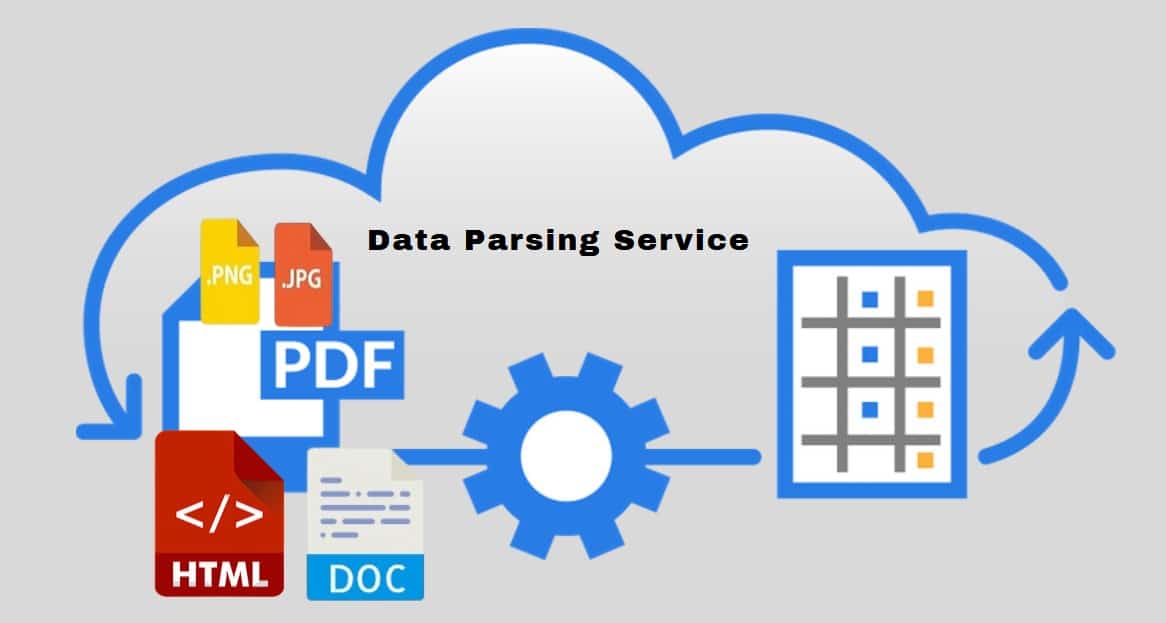
There are a few advantages to this approach. The main one is that it is the most natural and most straightforward solution – you just pay for the service, and you get your data. That also means that you avoid the need for a development team, resources, and the time it will take to get the software developed. Also, when you are paying for software, you pay for the support and future updates.
There are some downsides, as well. The price is one of the significant problems. Data parsing services are not cheap, especially if you have a monthly subscription to use one. Another disadvantage is the fact that your control over the parser is somewhat limited, including the features you need. This means that you need to do thorough research before committing to getting a particular service you want.
Developing your Own Data Parser
Developing an in-house data parser is not a common approach, but some companies still use it. There are many advantages and disadvantages, and we are going to outline some of them.
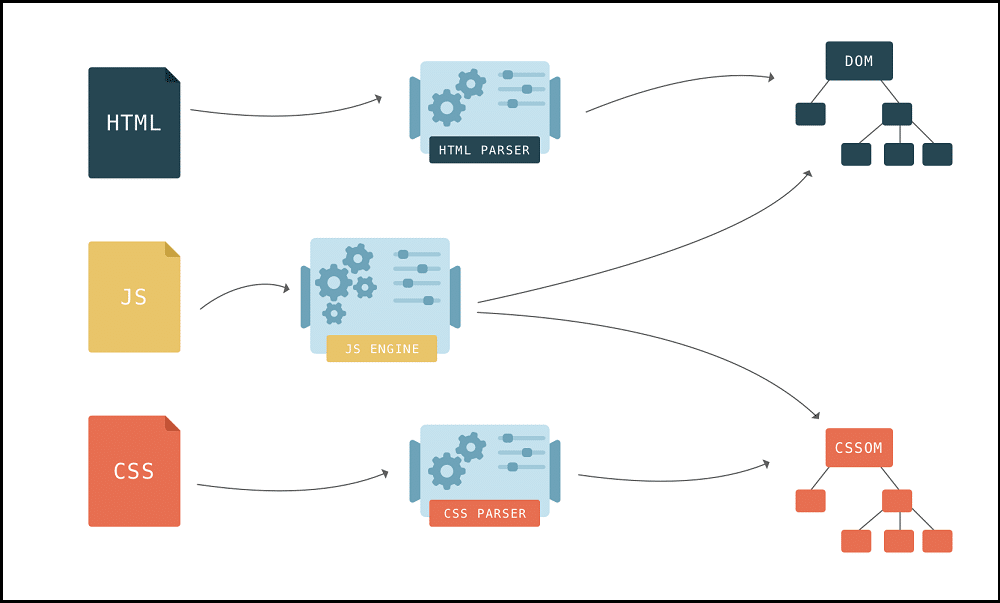
The benefits of having an in-house is that the price for development is not as high as buying a service. Another advantage is the fact that you also have control over the features, so you can fine-tune it to match your exact needs.
Price and features aside, there are some disadvantages. Developing your own data parser takes time, much more than researching for an existing service or software. Developing the software is one thing; managing and maintaining it is another obstacle. A service like that requires regular maintenance and updates as well as a server that will be able to decent performance.
Conclusion
Data parsing has been around for a while and will continue to grow in the recent future. Parsing software and services have evolved and will play an even more significant role in a lot of businesses.
If you or your company is in need of a data parser, make sure to go over the pros and cons of purchasing or developing before taking any actions. That way, you will able to maximize your effort and get the best possible results.